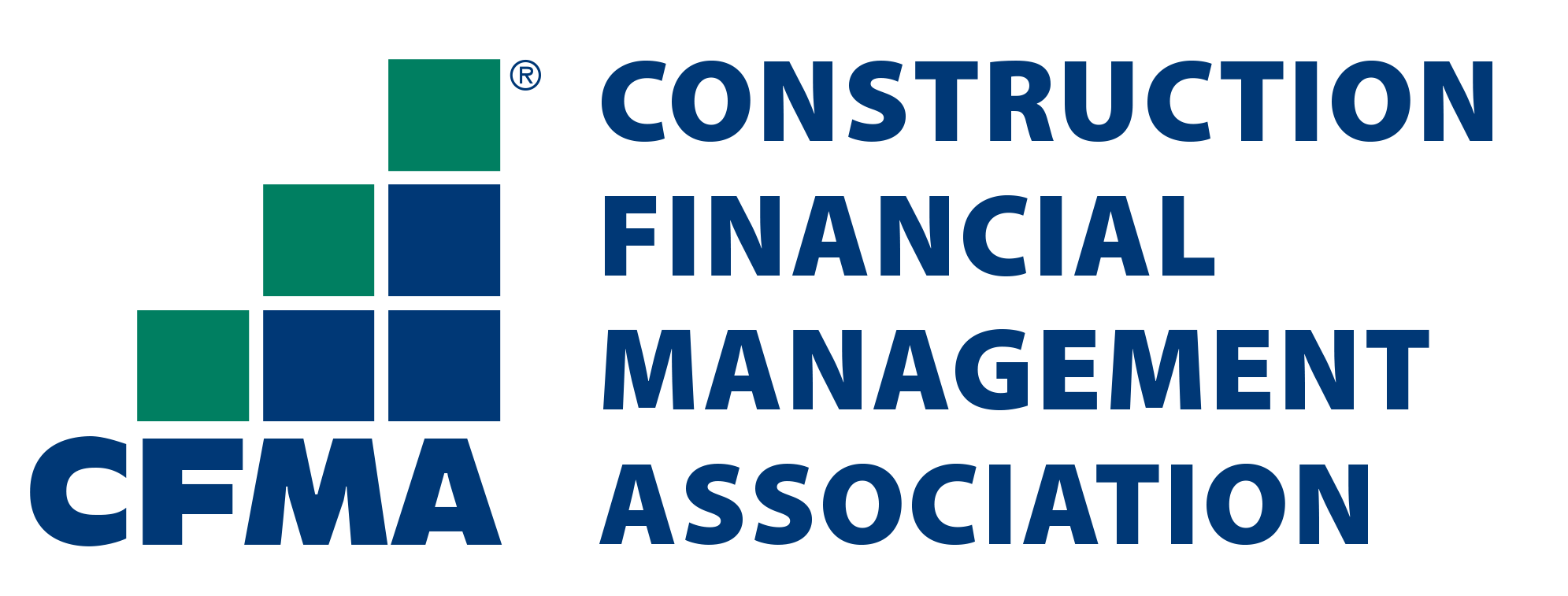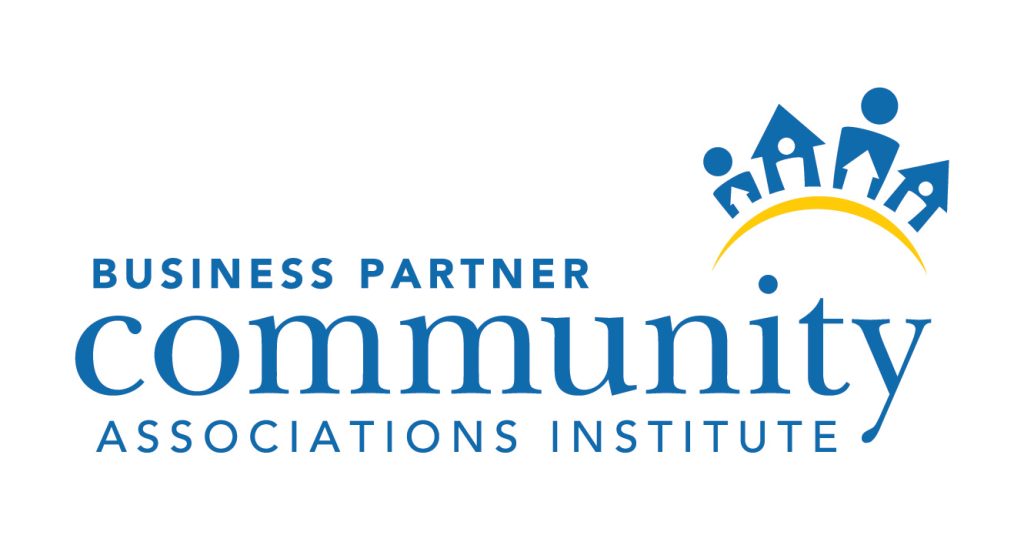
What is the Cost of Goods Sold in Real Estate and How to Calculate?
- March 22, 2022
- OHI

Real estate comprises land, buildings, and natural resources. Commercial properties for sale include hotels, offices, stores, and more. Research centres, warehouses, and factories are considered industrial property.
The real estate business has evolved beyond just the purchase and sale of property for commercial gain to a combination of selling and creating properties for commercial use.
Being a part of this industry, it is important to understand the calculation of manufacturing and selling property, whether it is in the commercial or residential category. This is an essential part of the accounting process and is necessary for the proper calculation of profits.
All expenses associated with manufacturing and selling a product form a part of the Cost of Goods Sold. Materials, expenses, and labour that can be directly allocated to the construction of a property are included in the calculation of this cost.
When selling commercial real estate, the following items should be considered:
| Particulars | Amount ($) | Amount ($) |
| ~ | ||
| Property Taxes | x | |
| Management Fees | x | |
| Cleaning & Maintenance | x | |
| Repairs | x | |
| Supplies | x | |
| Leasing Commissions | x | |
| Licenses & Permits | x | |
| Professional Fees | x | |
| Utilities | x | |
| Property Insurance | x | |
| ~ | ||
| Cost of Goods Sold | xxx |
When for-sale properties are developed by real estate companies, this cost is shown for accounting purposes. One can sell units of an apartment complex, and the Cost of Goods Sold would include the costs of constructing each apartment.
The tax regulations decide what can or can’t be included in the calculation of this cost. There are two types of costs involved in the construction of a property:
Hard costs are costs directly associated with the physical construction of a property. These comprise 70 to 80% of the construction cost of new property, with costs for renovation projects being much higher.
Examples of hard costs include masonry, flooring, drywall, plaster, doors, material abatement, and more.
Soft costs in the Cost of Goods Sold are part of overall development and extend beyond the physical production stage. This category deals with the ‘soft aspect’ or the planning part of construction. It would, therefore, include costs of consultants, preparation of project reports, and all associated project planning costs.
The following are also part of soft costs:
These costs are part of the pre-production costs that continue through the production process. Other costs incurred during the initial phase of the project include financing fees, appraisal fees, bridge loans, and similar costs.
Cost of Goods Sold is an important concept to understand for accurate real estate accounting purposes. It helps determine the items to be included in calculating this cost so that a budget can be created and checked for deviations.
There are professional accounting firms that can help you calculate this cost as per accounting norms so that you can get the correct profit estimate.
OHI is a fifteen-year-old real estate services company working with 50+ commercial and residential real estate developers, funds and property management companies across USA. Our deep expertise in real estate accounting, financial analysis, lease administration and asset management has helped clients cut associated costs by 40-50%. We now provide these services to a portfolio of 75000 units across clients.
We invite you to experience finance and accounting outsourcing through us.
Contact us for a customized NO OBLIGATION proposal for outsourcing your accounting activities.









